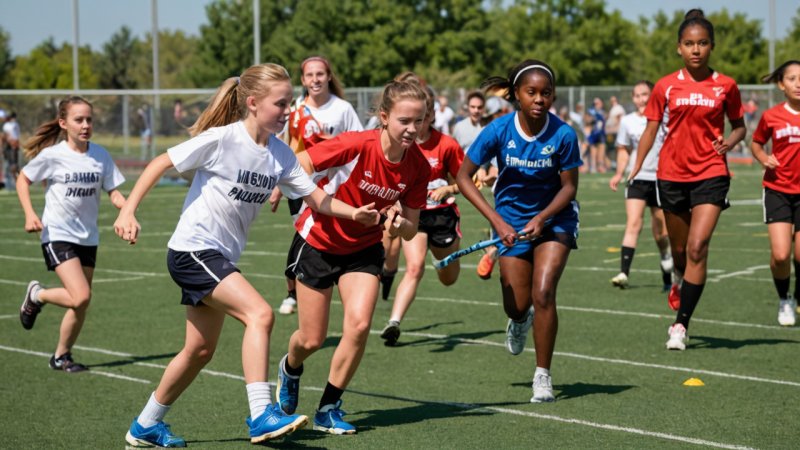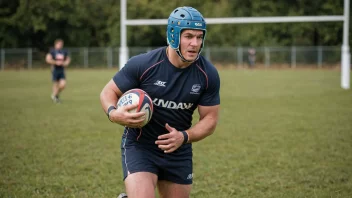In the realm of youth sports, ensuring safety is paramount. With the increasing participation of young athletes in various sports, the role of community support and individual responsibility is often debated. Community support encompasses the collective efforts of parents, coaches, organizations, and local bodies to create a safer environment for youth athletes. In contrast, individual responsibility highlights the athlete’s own commitment to safety measures and practices. This article will explore and compare these two concepts, examining their advantages, disadvantages, and overall impact on youth sports safety.
Understanding Community Support
Community support in youth sports refers to the collective initiatives undertaken by various stakeholders to promote safety and well-being. This includes the involvement of parents, coaches, sports organizations, and even local governments.
Pros of Community Support
- Enhanced Safety Protocols: Communities can implement standardized safety protocols that benefit all youth athletes.
- Resource Sharing: Communities often pool resources to provide better training, equipment, and facilities.
- Awareness Campaigns: Community-led campaigns can raise awareness about the importance of safety in sports, promoting education and preventive measures.
Cons of Community Support
- Variability in Commitment: The level of commitment can vary among community members, leading to inconsistent safety practices.
- Dependency: Athletes may become reliant on community support, neglecting their own responsibility in ensuring safety.
- Limited Control: Decisions made by community organizations may not always align with individual needs or preferences.
Understanding Individual Responsibility
Individual responsibility emphasizes the athlete’s role in maintaining their own safety and well-being. This includes adhering to safety guidelines, using proper equipment, and being proactive about their health.
Pros of Individual Responsibility
- Empowerment: Athletes who take responsibility for their safety often feel more empowered and engaged in their sports.
- Personalized Approach: Individual responsibility allows athletes to tailor their safety practices to their specific needs and circumstances.
- Proactive Mindset: Encouraging individual responsibility fosters a proactive attitude towards safety, leading to better overall outcomes.
Cons of Individual Responsibility
- Limited Awareness: Young athletes may not have the knowledge or experience to recognize all potential safety risks.
- Pressure to Perform: Athletes might prioritize competition over safety, especially in highly competitive environments.
- Lack of Support: Some athletes may struggle to manage their safety without adequate support from their community.
Community Support vs. Individual Responsibility: A Comparative Overview
When comparing community support and individual responsibility in the context of youth sports safety, it is essential to recognize that both elements play vital roles. Below is a summarized comparison:
| Aspect | Community Support | Individual Responsibility |
|---|---|---|
| Safety Protocols | Implemented collectively | Self-imposed |
| Resource Availability | Shared among members | Dependent on personal resources |
| Awareness | Promoted through community campaigns | Gained through personal experiences |
| Empowerment | Varies by involvement | Inherently empowering |
| Consistency | Can be inconsistent | Consistent if prioritized |
Finding a Balance
While both community support and individual responsibility have their advantages and disadvantages, the ideal approach to youth sports safety lies in finding a balance between the two. Communities should foster an environment where individual athletes feel empowered and supported in their safety practices, while also ensuring that collective safety protocols are in place. This synergy can create a more comprehensive safety culture in youth sports.
Conclusion
In conclusion, community support and individual responsibility are both crucial components of youth sports safety. Community support provides the framework and resources necessary for safe sports participation, while individual responsibility empowers athletes to take charge of their own safety. By recognizing the strengths and weaknesses of each approach, stakeholders can work together to create a safer, more supportive environment for young athletes. Ultimately, fostering a culture that values both community involvement and individual accountability will lead to improved safety outcomes and a more positive sports experience.






